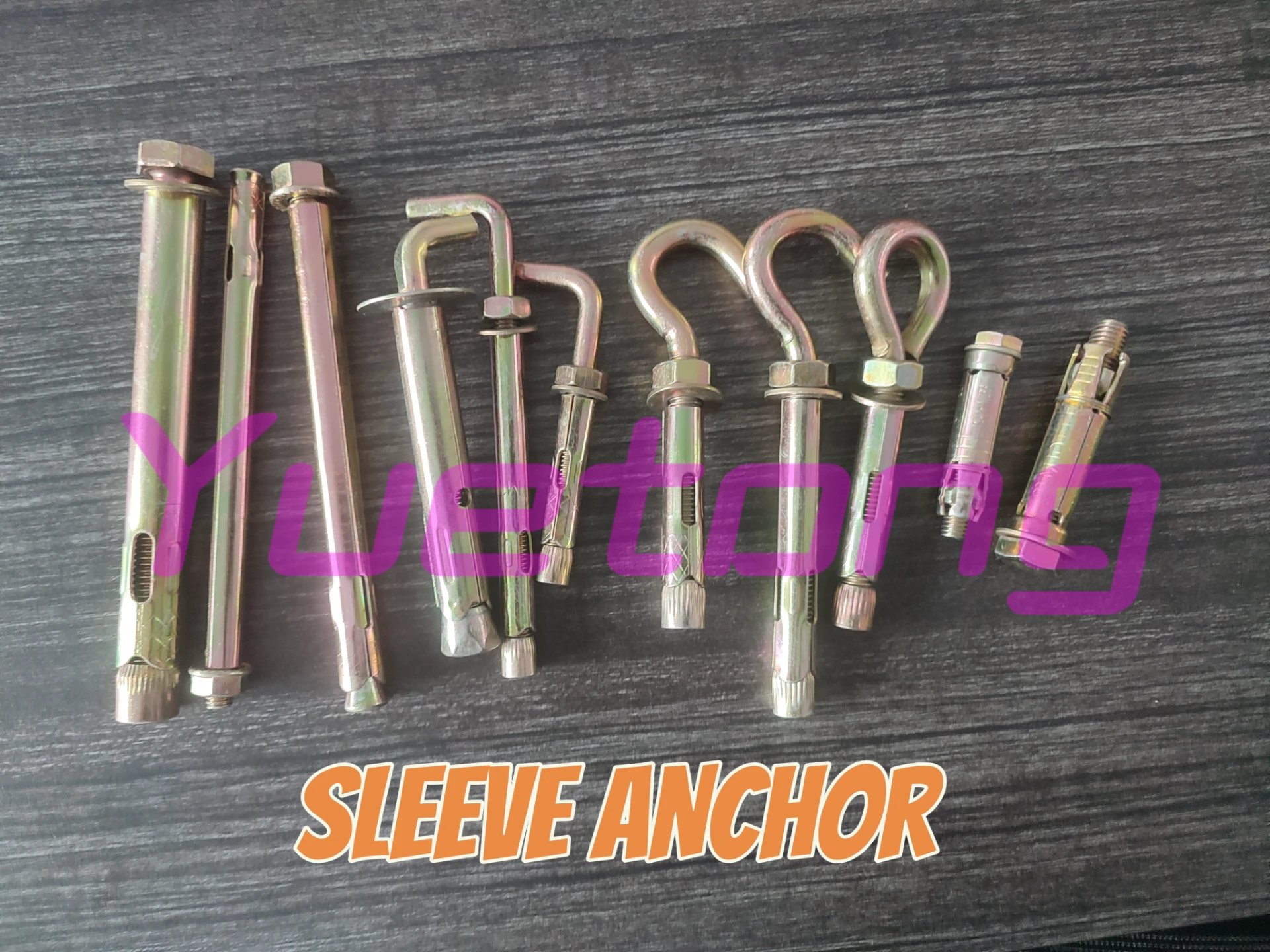Dec . 06, 2024 02:47 Back to list
large metric nuts
A Deep Dive into Large Metric Nuts Specifications, Applications, and Trends
In the world of engineering and assembly, the term “large metric nuts” refers to a specific category of fasteners that play a crucial role in ensuring structural integrity and stability. These nuts are an essential component in various applications, including construction, automotive, aerospace, and heavy machinery. Their standardized dimensions adhere to the metric system, facilitating ease of interchangeability and compatibility across different manufacturers and applications.
Understanding Large Metric Nuts
Large metric nuts are characterized by their size, typically measured in millimeters. Unlike standard nuts, which may have smaller dimensions, large metric nuts usually come in sizes ranging from M12 (12mm in diameter) to M30 and beyond. The dimensions of these nuts are defined by the international standards organizations, such as ISO (International Organization for Standardization), which ensures that they comply with stringent quality and performance criteria.
The design of large metric nuts includes several features, such as thread pitch, height, and width across flats (the flat surfaces on opposite sides of the nut). These specifications are critical for the proper fastening of bolts and ensuring that the connection can withstand various forces and stresses encountered in different environments.
Materials and Coatings
The material used for manufacturing large metric nuts significantly impacts their performance and durability
. Common materials include carbon steel, stainless steel, and alloy steel, each offering distinct advantages. For example, stainless steel provides excellent corrosion resistance, making it ideal for outdoor use and in environments where moisture is prevalent.In addition to material selection, surface coatings such as zinc plating, black oxide, or galvanization are often applied to enhance the nuts' resistance to corrosion and wear. These coatings not only extend the lifespan of the nuts but also improve their aesthetic appeal, which can be important in visible applications.
large metric nuts

Applications of Large Metric Nuts
The applications of large metric nuts are vast and varied. In the construction industry, they are commonly used in structural steel connections, securing beams and columns, as well as in fastener assemblies that require robust performance. The automotive sector relies heavily on these nuts for fastening engine components, suspension systems, and chassis parts, where strength and reliability are paramount.
In the aerospace industry, large metric nuts are utilized in high-stress applications such as aircraft assembly, where they must endure extreme conditions, including intense vibrations and temperature fluctuations. Furthermore, heavy machinery in sectors such as mining, agriculture, and manufacturing frequently employs these nuts for their ability to maintain tight connections under heavy loads.
Trends and Future Outlook
As industries continue to evolve, so too do the standards and technologies related to large metric nuts. Recent trends have shown a growing emphasis on sustainability and eco-friendly materials. Manufacturers are exploring alternatives that reduce environmental impact without compromising performance. Additionally, advancements in manufacturing technologies, such as 3D printing and automated production, are enhancing the efficiency and precision of nut fabrication.
The rise of smart technology and Industry 4.0 is also influencing the fastener market. The integration of IoT (Internet of Things) sensors within large metric nuts could provide real-time data on stress and performance, allowing for predictive maintenance and improved safety.
Conclusion
Large metric nuts may seem like simple components, but their significance in various industries cannot be understated. From construction to aerospace, these fasteners are integral to the assembly and maintenance of robust structures and machinery. As technology advances and industries adapt to new challenges, the importance of these fasteners will continue to grow, paving the way for innovations that enhance their performance, sustainability, and overall utility. Understanding the characteristics, applications, and emerging trends associated with large metric nuts is essential for engineers, designers, and manufacturers looking to ensure the reliability and efficiency of their projects.


